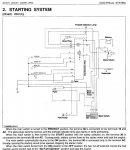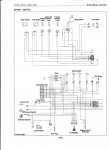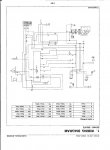I have a ZD18 mower and have gone through three 40 amp fuses (large green one located near starter) in the past few days. It tends to blow while starting the machine after having it has been turned off for a while.
Of course, the fact that it is blowing is indicative of the fact that there is a problem somewhere...a short, a bad switch, ???
Can someone please suggest the best troubleshooting procedure for this problem?
Many Thanks.
Of course, the fact that it is blowing is indicative of the fact that there is a problem somewhere...a short, a bad switch, ???
Can someone please suggest the best troubleshooting procedure for this problem?
Many Thanks.




